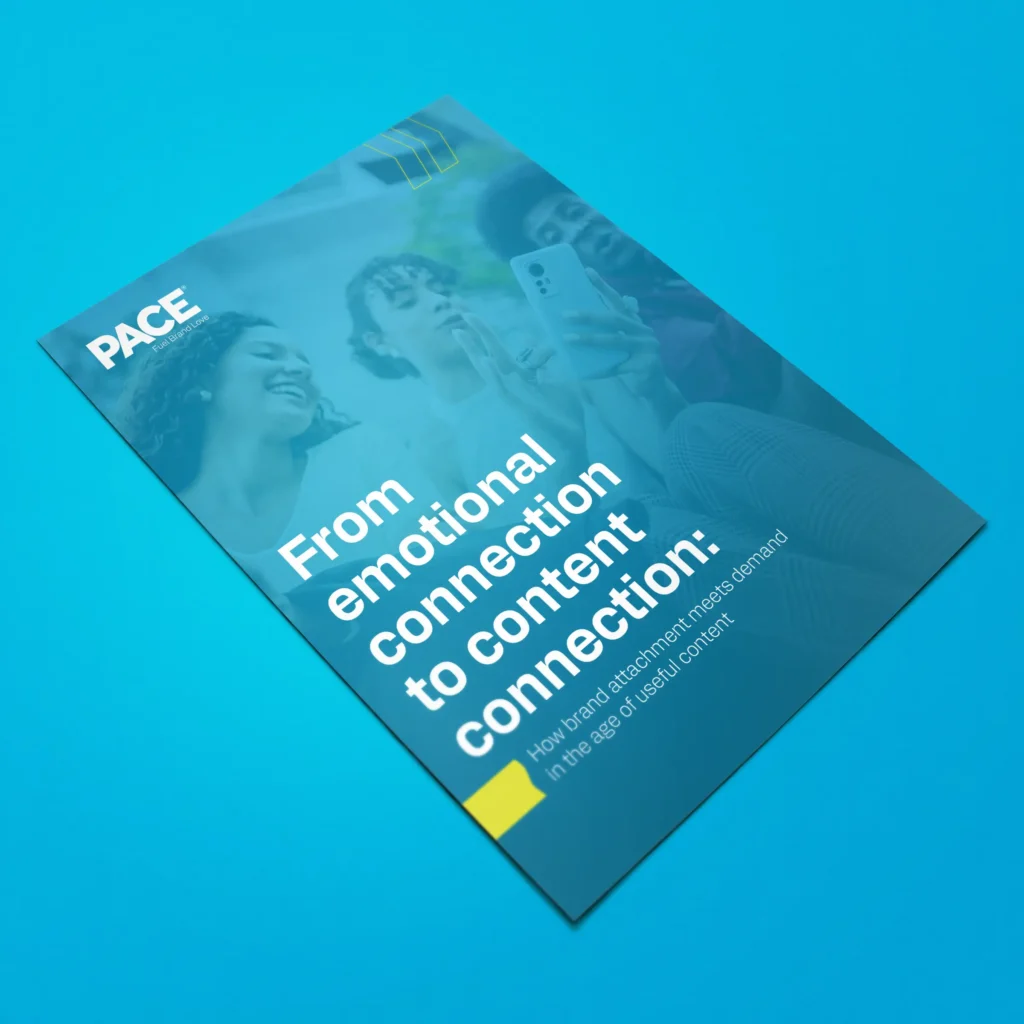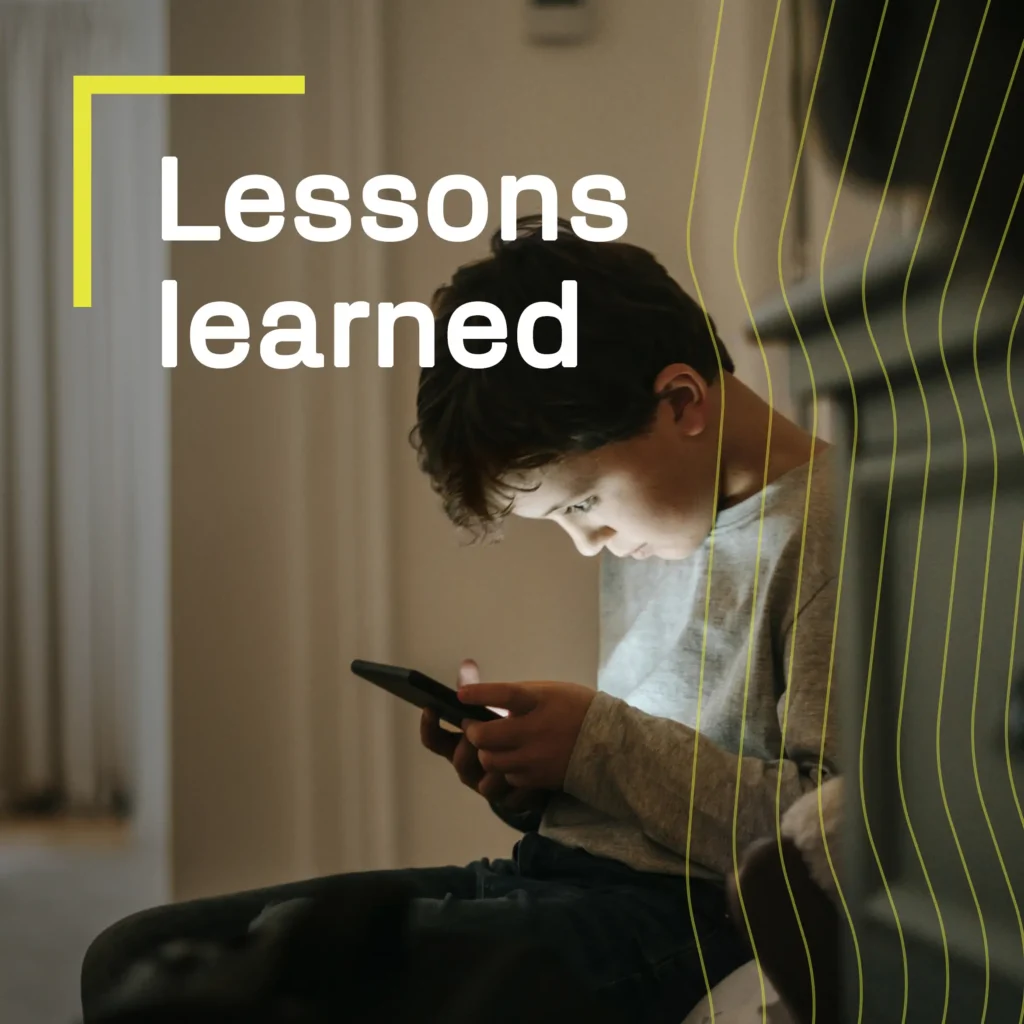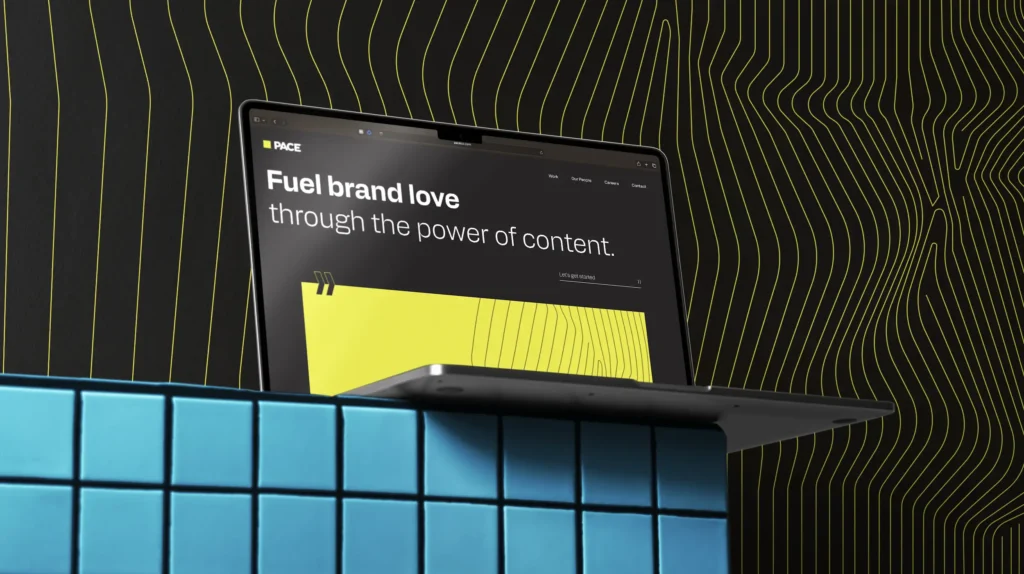Since the birth of Google and its myriad imitators, er, competitors (Bing, Yahoo!, DuckDuckGo, to name a few), search engines have been the backbone of digital marketing. Marketers optimized for keywords, chased backlinks and built elaborate strategies around how to win visibility and funnel clicks to their sites. But today, that model is shifting.
AI-powered search experiences like Google’s AI Overviews, ChatGPT with browsing capabilities and emerging players such as Perplexity are changing how people discover and engage with information. Answers are summarized for the user rather than presented as a list of links, leading to sweeping changes for how brands are found, how content is valued and how marketers must now measure success.
The question is no longer just how do we rank? It’s how do we resonate when AI is mediating the experience of search?
Measuring content performance in a zero-click world
The first reality marketers need to face is this: Traditional web traffic metrics are losing their primacy. For years, marketers equated high traffic with strong performance, but traffic is no longer a good measure thanks to AI-generated summaries and SERPs driving more zero-click searches. Especially for top-of-funnel and informational queries, traffic volumes are declining across industries.
According to recent survey data from Bain & Company, 80% of consumers now rely on “zero-click” results in at least 40% of their searches, reducing organic web traffic by an estimated 15% to 25%.
According to Bain & Company, 80% of consumers now rely on “zero-click” results in at least 40% of their searches.
This doesn’t mean content is less valuable. It means the metrics need to change. Consider:
- Instead of clicks, measure citations: If an AI assistant is summarizing your industry, does your brand’s voice or perspective appear in that summary? Visibility inside the AI-generated answer itself may become as valuable as visibility in search rankings once was for driving brand awareness.
- Instead of impressions, measure branded searches: If fewer people are clicking, what matters is whether your content drives branded search demand, or an increase in people actively seeking out your brand or your specific thought leadership.
- Instead of traffic, measure depth: Depth of engagement (such as scroll depth, return visits, community participation or conversions) becomes a more meaningful measure than raw traffic and other vanity metrics. Conversions after users arrive on a website give strong evidence of the value of the content (which will drive greater search visibility as well as lower-funnel business outcomes).
A top-of-funnel blog post that once drew 50,000 visits a month might pull less than half that today. But if those readers are spending more time, sharing more widely or if the piece is frequently cited in AI summaries, it’s arguably more valuable than ever.
It’s not that organic search traffic no longer matters. In the era of AI-driven search results, the kind of traffic being driven to a website is more focused. Therefore, marketers should devote more attention to lower-funnel content like product pages or in-depth articles that an AI summary won’t be able to capture, and redefine performance benchmarks around influence, resonance and trust.
An era of new brand signals
AI systems rely heavily on signals of trust and authority when deciding which content to surface and summarize. This means the “E-E-A-T” framework (Experience, Expertise, Authoritativeness, Trustworthiness) is more than a Google guideline—it’s a playbook for the AI era.
What does this look like in practice?
- Authenticity: Communities like Reddit and Quora have risen in prominence because they showcase unfiltered, first-hand accounts. Google licensed Reddit’s API to serve up even more community content.
- Evidence: Brands that cite proprietary research, customer insights or unique data stand out because they offer value AI can’t simply remix.
- Human attribution: Content tied to real people (such as featured or bylined experts, employees or customers) signals credibility in ways anonymous corporate copy cannot.
For brands, the lesson is simple: Brand signals are human signals. A faceless brand won’t win over hearts and wallets in an AI-driven landscape. But a brand that consistently demonstrates expertise, showcases lived experience and amplifies credible voices will.
E-E-A-T that fuels results
Proof point: One of the technology brands Pace serves has experienced 2x growth in organic traffic for blog articles in 2025, with organic conversions surging as high as 80%.
How we did it: We used storytelling informed by panels and experts to build ownable moments that demonstrate how this brand truly understands its audience’s concerns.
Takeaway: The audiences who only needed a soundbite might not be coming to their website as often, but the audiences that are ready to act will come regardless of AI summaries or chat experiences.
The content that stands out
Not all content is equally vulnerable to AI disruption. Text-heavy blog posts, listicles and how-to guides are easily summarized, often eliminating the need for a click. But some types of content are more resilient—and strategically, brands should double down on them.
Innovative formats
Interactive formats, such as videos, tools and visual explainers, don’t compress easily into an AI-generated paragraph. They provide experiences users want to engage with directly.
For instance, the banking brands Pace serves continue to see high engagement on interest calculators and similar interactive tools. These are often embedded in text-focused blog articles, but the interactive nature of the tools brings audiences into more direct engagement with the brand.
Distribution through owned channels
As AI reshapes search visibility, dependence on Google becomes risky. Owned platforms (such as email newsletters, customer communities, podcasts and mobile apps) offer direct, algorithm-proof access to your audience.
The Pace POV: AI will never replace humans… not while humans are its audience.
AI is powerful, but at its core, it simply generates plausible combinations of what already exists. It cannot invent new industry frameworks, tell stories rooted in lived human experience or take bold creative leaps that resonate on an emotional or cultural level—not without a human to guide the process.
The paradox is clear: AI threatens to upend search, but the very forces it unleashes—commoditization of content, overabundance of sameness—make authentic human perspective (i.e., relevant content) more valuable than ever.
While the tools and platforms change, the fundamental truth does not: successful marketing content is content that resonates with people.
For brands, the way to leverage AI to elevate your brand now looks like this:
- Audit your brand’s visibility in AI search results: Are you being cited, summarized or ignored?
- Shift metrics toward resonance: Measure branded search demand, engagement depth and conversions over raw traffic.
- Double down on trust signals: Showcase expertise, human authorship and proprietary insights.
- Invest in formats AI summaries and chat experiences can’t replace: Interactive, video, experiential and community-driven content.
- Keep humans in the loop: Use AI for efficiency, but ensure every major piece of content is rooted in human perspective. See how we guide AI usage at Pace.
In the age of AI-driven search results, the brands that win will be the ones that earn trust, offer originality and connect meaningfully with people. At the end of the day, marketers should not just measure clicks or impressions, but whether their content leaves a lasting mark on the humans who encounter it.
Or, as we like to say, does your content fuel results?






